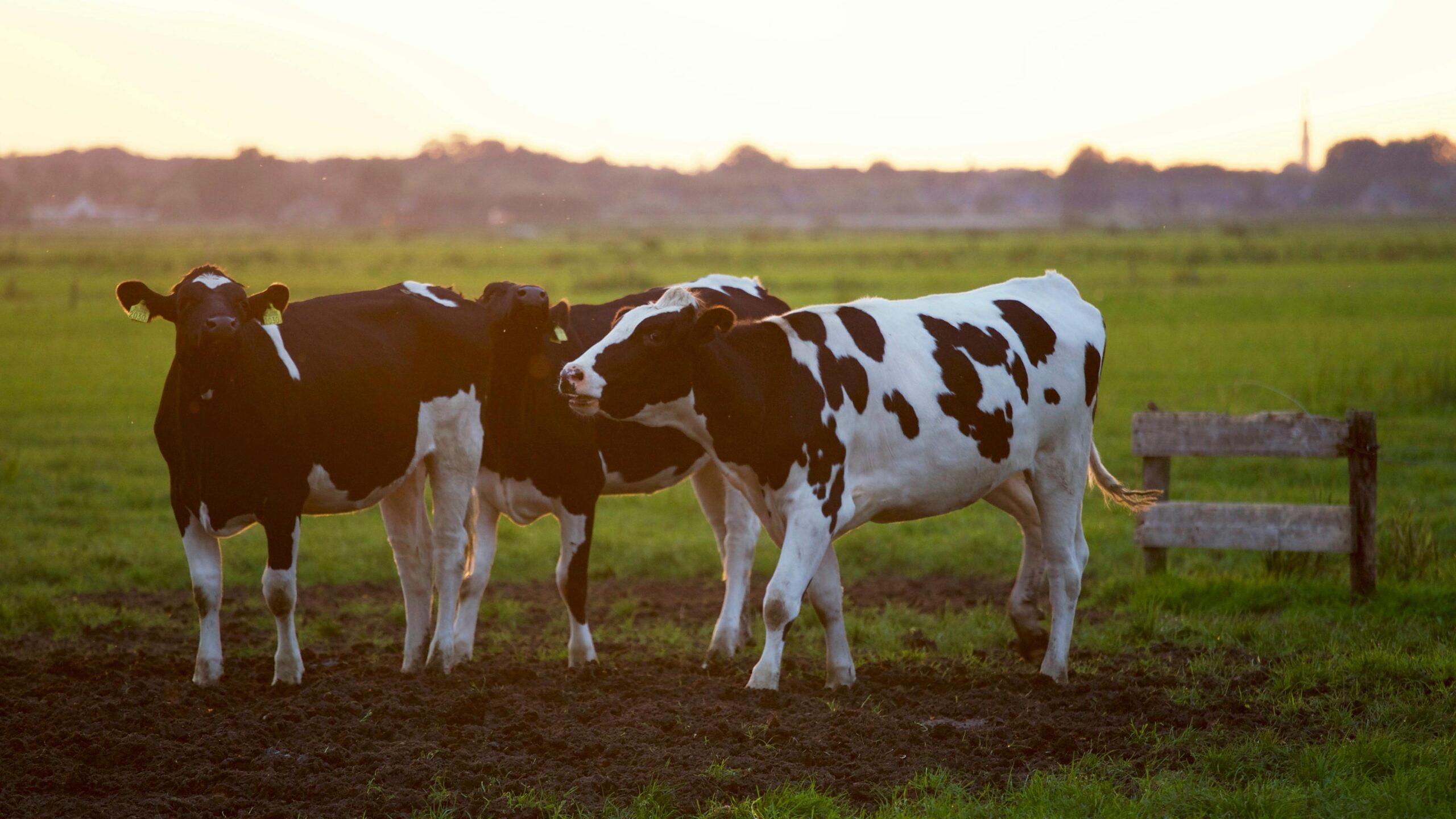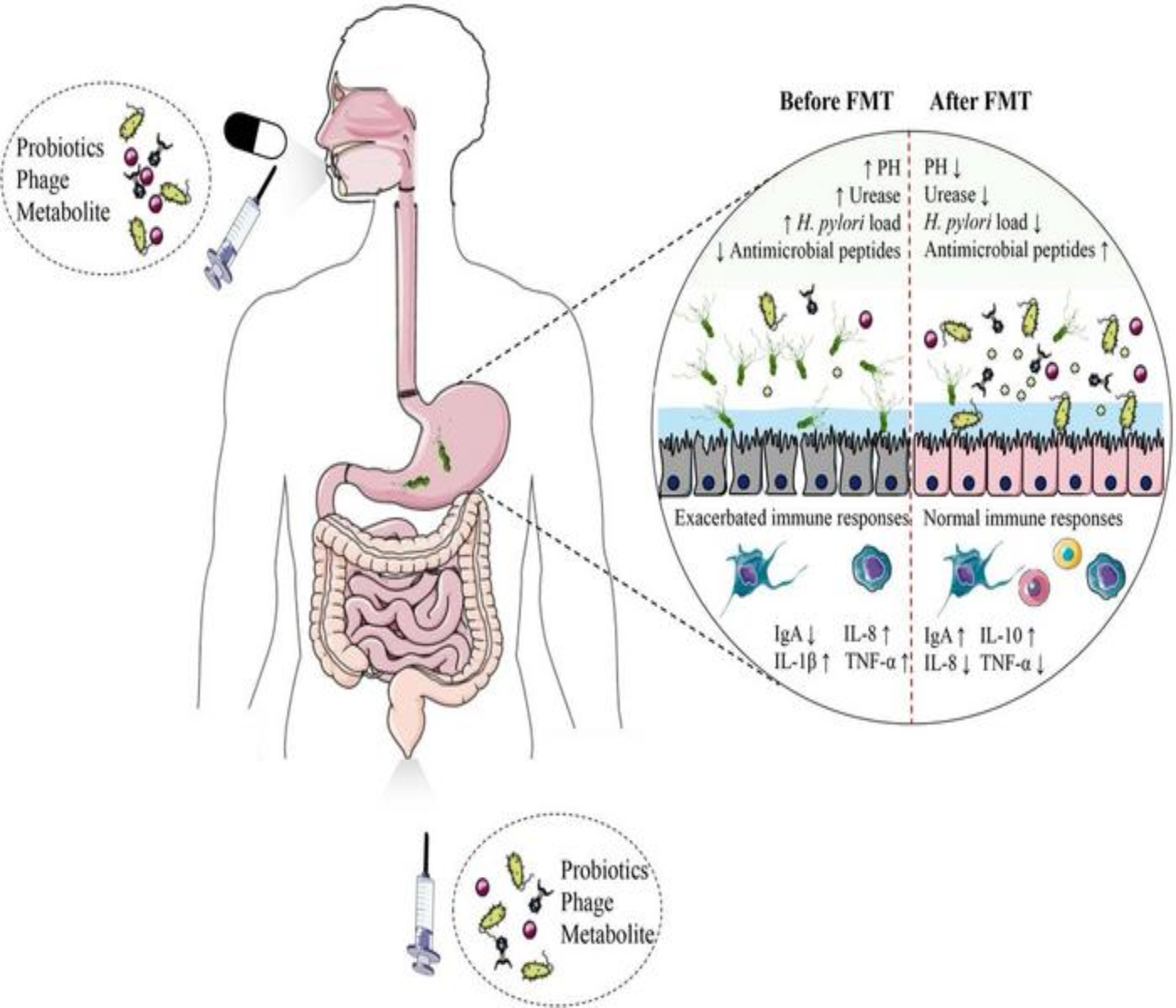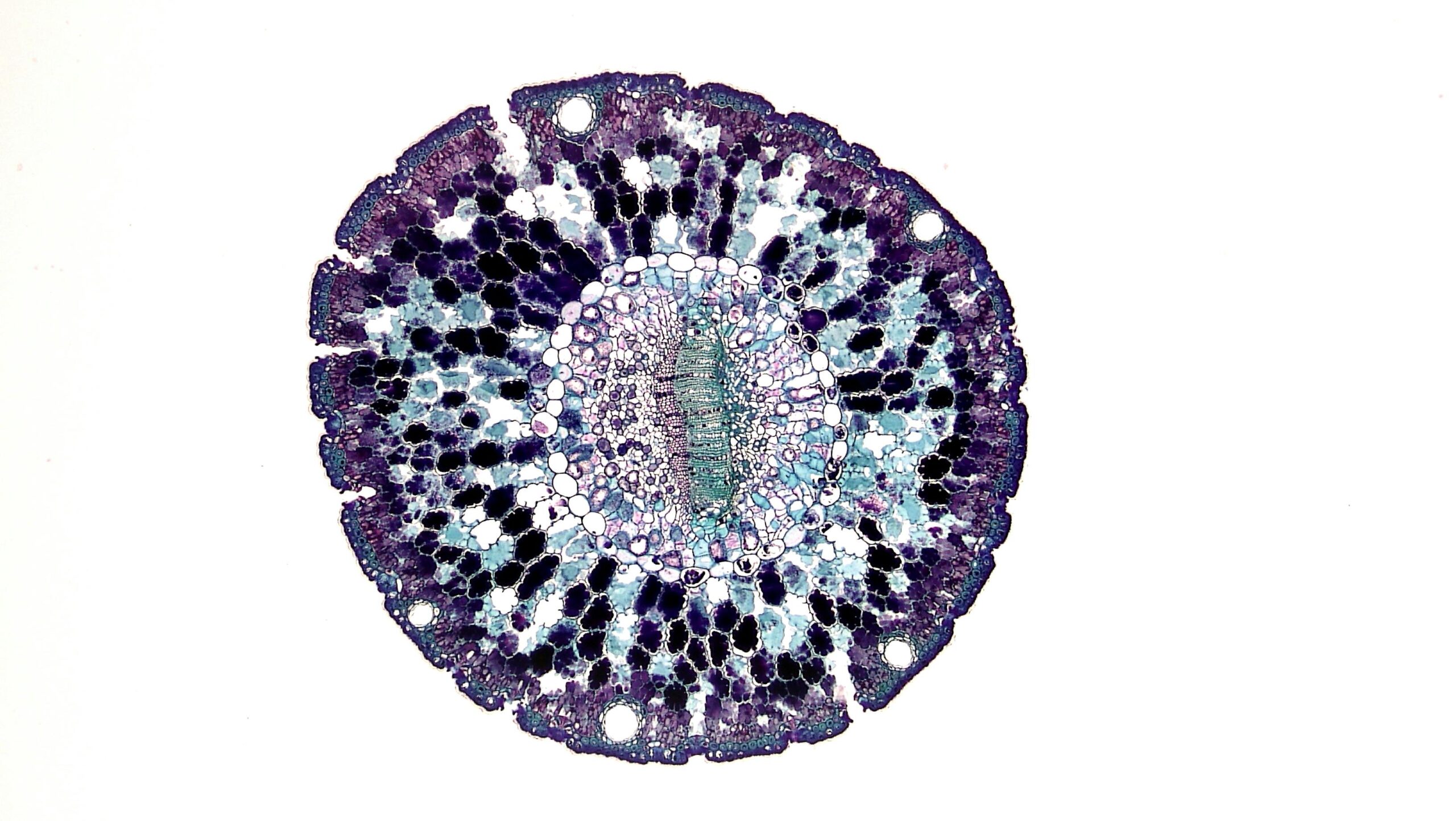Antibiotics have long been a cornerstone of modern medicine, saving countless lives and revolutionizing how we treat infections. But what if the very things we use to keep us healthy—like the “good” bacteria in probiotics—could actually be making antibiotics less effective? A groundbreaking new study from China has unearthed a troubling connection between the probiotics given to livestock and the growing crisis of antibiotic resistance, a problem that could directly impact your dinner plate and your family’s health.
For years, probiotics have been touted as a natural alternative to antibiotics in farming, especially as many countries, including China, have tightened restrictions on antibiotic use in animal feed. The goal is simple: healthy guts in livestock mean healthier animals and less need for drugs. Yet, this new research, published in the journal Engineering, indicates that some of these seemingly harmless probiotic supplements might be secretly harboring dangerous genes that make bacteria resistant to life-saving antibiotics. And here’s the kicker: these resistance genes aren’t staying put in the animals; they’re spreading.
The study paints a concerning picture of quality control—or lack thereof—in the livestock probiotic industry, particularly in China, a major global producer of animal products. Researchers found that a significant portion of commercial probiotic products for livestock were mislabeled, didn’t contain enough of the “good” bacteria, or, even worse, were contaminated with harmful germs. The most alarming discovery revolves around a specific type of bacteria called Enterococcus. While some Enterococcus strains are harmless, others are notorious for their ability to pick up and share genes that make them resistant to multiple antibiotics. This study found that some Enterococcus strains in these probiotic products were not only resistant to powerful antibiotics like linezolid (often a last resort for serious human infections) but could also transfer this resistance to other bacteria in the animal’s gut.
Consider a scenario where you’re trying to boost your family’s health with a probiotic, only to find it contained a hidden “blueprint” for drug resistance that could easily spread to other germs, including those that might make your family sick. That’s essentially what’s happening in the guts of livestock. The implications for human health are profound. If these antibiotic-resistant bacteria spread from animals to humans—through the food chain or the environment—it could make common infections much harder, or even impossible, to treat. This isn’t just a distant problem for farmers; it’s a potential threat to every household.
Uncovering the Hidden Dangers: The Study’s Methods
To uncover these hidden dangers, a team of researchers from the Jiangsu Academy of Agricultural Sciences and Yangzhou University in China embarked on a large-scale investigation. They collected 95 different commercial probiotic products intended for livestock from various regions across China between 2021 and 2023, providing a broad snapshot of what’s available on the market.
First, they isolated and identified the bacteria present in each probiotic product to verify label accuracy and the presence of beneficial bacteria like Bacillus, Lactobacillus, and Enterococcus. This involved genetic “barcoding” of each bacterial strain. They also checked for unwanted contaminants that might have entered the products during manufacturing.
Next, the scientists performed “antimicrobial susceptibility testing,” which tells us which antibiotics can still kill a particular bacterium and which ones it has become resistant to. They tested the probiotic strains against a range of common antibiotics, including those critical for human medicine.
To delve deeper, the researchers used “whole-genome sequencing” to read the entire genetic code of the bacteria. This revealed not only the presence of antibiotic resistance genes (ARGs) but also their location—for example, on small, transferable pieces of DNA called “plasmids.” Plasmids are like tiny, portable data files that bacteria can easily swap, a major concern for the spread of resistance. They also looked for “virulence genes,” which contribute to a bacteria’s ability to cause disease.
One crucial part of the study involved “conjugative assays,” directly testing whether antibiotic resistance genes could jump from one bacterium to another. They mixed resistant Enterococcus strains with susceptible ones, observing if resistance genes transferred.
Finally, to understand the real-world impact, the scientists conducted a “chicken intestinal colonization model.” They mimicked conditions in an animal’s gut by dividing chickens into groups: a control group, a group given a non-resistant Enterococcus strain, and a group given an Enterococcus strain carrying the linezolid-resistance gene called optrA. Over 35 days, they monitored the chickens’ intestines to see how the probiotic strains settled, how the gut bacteria changed, and, critically, if the optrA resistance gene spread to other bacteria within the chickens’ guts. This involved analyzing all the genetic material from the gut bacteria, offering a comprehensive view of the gut’s microbial landscape and its resistance genes.
Concerning Discoveries: What the Research Revealed
The results of this extensive study are a wake-up call for anyone concerned about antibiotic resistance. The researchers found significant quality issues in the livestock probiotic products. For instance, only 11% of products accurately labeled Lactobacillus, a commonly advertised probiotic. About a third of the products were contaminated with “opportunistic pathogens”—germs that can cause illness—and these contaminants carried their own antibiotic resistance and virulence genes.
When it came to antibiotic resistance, the differences between bacterial types were clear. Bacillus and Lactobacillus strains generally showed only “intrinsic resistance,” meaning they are naturally resistant to certain antibiotics due to their biology, and these resistance genes were not easily transferable. However, Enterococcus was a different story. These strains displayed complex patterns of “multidrug resistance,” meaning they were resistant to several different types of antibiotics. Even more concerning, the study identified two new plasmids—those easily transferable pieces of DNA—carrying resistance genes like optrA (for linezolid resistance) and fexA (for florfenicol resistance) in Enterococcus strains. The experiments confirmed that these plasmids could indeed jump to other Enterococcus bacteria.
The chicken model provided compelling evidence of real-world consequences. When chickens were given the optrA-positive Enterococcus strain, the researchers observed a significant increase in both the overall amount and variety of antibiotic resistance genes in their gut microbiomes. This wasn’t just the original optrA gene; other resistance genes also increased, pointing to a ripple effect. The study also found a notable increase in “mobile genetic elements” (MGEs) like transposons and plasmids in the guts of these chickens. These MGEs are the very mechanisms that allow resistance genes to move around and spread.
Crucially, the optrA gene wasn’t just staying with the original Enterococcus strain. The analysis revealed that this resistance gene, mediated by a specific mobile element called IS1216E, had transferred to other common intestinal bacteria in the chickens, including E. cecorum, E. gallinarum, and L. crispatus. This finding is critical because it demonstrates that the resistance isn’t confined to the probiotic strain itself; it’s actively spreading to the “normal” bacteria living in the animal’s gut, which could then potentially spread further.
Even Enterococcus strains that did not carry additional resistance genes still impacted the chicken gut. Their colonization led to a decrease in the overall diversity and abundance of other beneficial gut bacteria during the early stages. This outcome suggests that even “non-resistant” Enterococcus probiotics can disrupt the delicate balance of the gut microbiome, potentially making it more susceptible to colonization by harmful, resistant bacteria.
The study’s findings collectively paint a clear picture: the widespread use of certain Enterococcus probiotics in Chinese livestock, especially those with unclear genetic backgrounds and transferable resistance genes, poses a significant risk. These probiotics can not only disrupt the natural balance of the animal’s gut but also act as a “reservoir” and “source” for the dissemination of antibiotic resistance genes, potentially accelerating the global crisis of drug-resistant infections.
Limitations of the Study
While this study provides valuable insights, it focused specifically on commercial probiotic products for livestock in China. The exact prevalence and types of issues might vary in other countries or regions with different regulatory frameworks and manufacturing practices.
Another point to consider is that while the study demonstrated the transfer of resistance genes in a chicken model, directly proving the transfer of these genes from animals to humans was beyond the scope of this particular research. However, the identified mechanisms—transferable plasmids and mobile genetic elements—are well-known pathways for the spread of antibiotic resistance across different environments and hosts.
The Takeaway for Your Table
The findings from this study are a stark reminder that what we feed our livestock can have far-reaching consequences for public health. The notion of probiotics as a universally safe and beneficial alternative to antibiotics in farming needs a serious re-evaluation, especially concerning Enterococcus strains. Without stringent quality control, clear labeling, and a thorough understanding of the genetic makeup of these probiotic strains, we risk inadvertently fueling the very crisis we’re trying to combat. It’s clear that the health of our animals, our food supply, and ultimately, our own ability to fight off infections, are deeply intertwined.
Paper Summary
Methodology
Researchers analyzed 95 commercial livestock probiotic products from China. They identified bacterial strains, assessed antibiotic susceptibility, and used whole-genome sequencing to find antibiotic resistance genes (ARGs) and virulence genes. Conjugation experiments tested gene transferability. A chicken model observed how a resistant Enterococcus strain affected gut bacteria and spread ARGs.
Results
The study found significant quality issues in probiotic products, including mislabeling and contamination with disease-causing germs carrying ARGs. Enterococcus strains showed multidrug resistance, with new transferable plasmids carrying genes like optrA (linezolid resistance). In chickens, the resistant Enterococcus disrupted gut bacteria, increasing ARGs and mobile genetic elements, with optrA transferring to other gut bacteria.
Limitations
The study focused on Chinese probiotic products, so findings may not apply globally. While gene transfer occurred in chickens, direct transfer to humans was not studied.
Funding and Disclosures
This research was funded by the National Key Research and Development Program 2022YFD1800400 and Jiangsu Provincial Natural Science Foundation Project BK20220746. The authors declared no conflicts of interest.
Publication Information
The paper, “Livestock Probiotics in China: Quality Analysis and Enterococcus-Associated Antibiotic Resistance Dissemination Risks,” was authored by Xing Ji, Jiayun Wang, Jun Li, Lili Zhang, Ruicheng Wei, Ran Wang, and Tao He. It was published in Engineering (2025) with the DOI: https://doi.org/10.1016/j.eng.2025.03.032.











